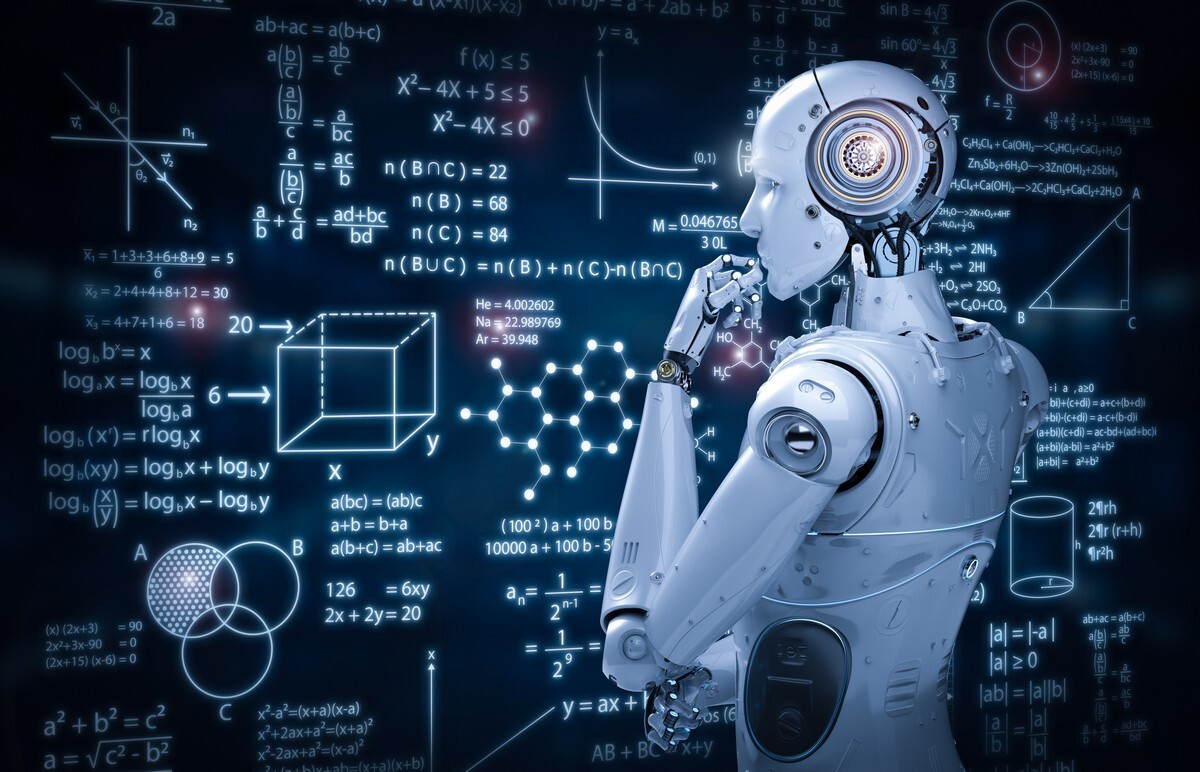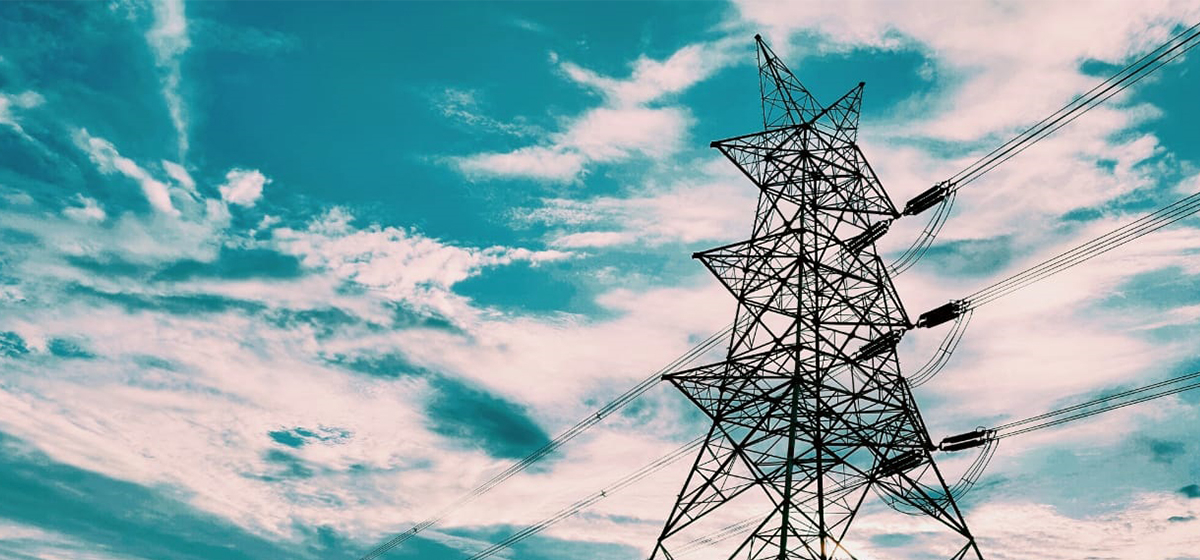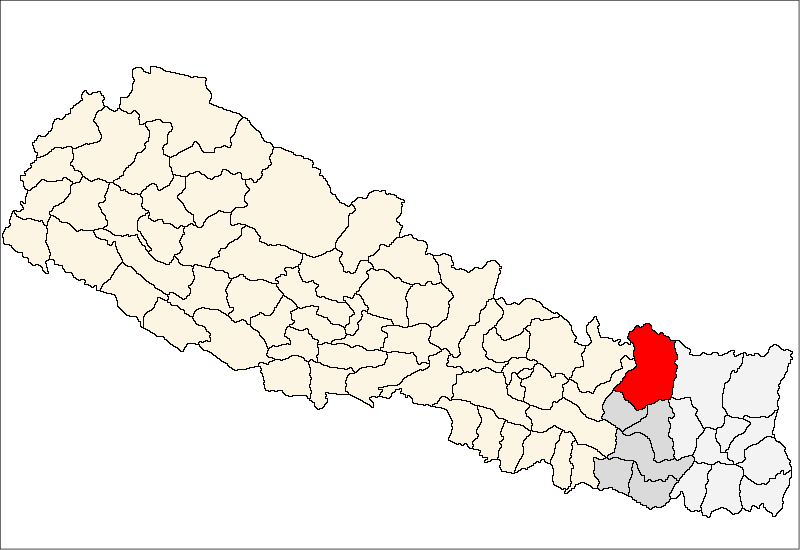
OR
BLOG
Navigating the Future: Can AI Do Better than Humans?
Published On: September 29, 2023 09:00 AM NPT By: Aashray Chapagai

More from Author
In the story of human progress, the 21st century will be marked by the incredible growth of Artificial Intelligence. A big question looms: Can AI do better than humans or not? The answer to this question cannot be limited to a simple "YES" or "NO." The answer is more like a mix of AI's excellent abilities and the unique qualities humans bring to the table.
According to data from Statista, the global AI market is set to rise at $190 billion by 2025, a monumental leap from just $9.5 billion in 2018. Moreover, The Statista Research Department reveals that by 2030, AI's contribution to China's GDP is projected to reach a staggering 26.1 percent, the highest in the world, with North America at 14.5 percent and the United Arab Emirates at 13.5 percent. These numbers signify the tremendous investments flowing into AI research and development worldwide.
Today, many humanoid robots (based on AI usage) have served in various fields. Let us look at some of them:
Sophia:
Sofia is an advanced humanoid developed by the Hong Kong–based Hanson Robotics. The firm describes her as 'a human–crafted science fiction character' based on a unique combination of engineering and artistry.Now, Sophia serves as the first robot Innovation Ambassador for the United Nations Development Program. This means that she has an official role in safeguarding and developing human rights and equality work.
Desdemona:
Developed by Hanson Robotics, this robot is an AI popstar leading the Jam Galaxy Band. According to the ITU, Desdemona is on a mission to share her belief that the world can be changed for the better through the power of AI in the creative arts.'
Ai – Da:
This robot is the world's first ultra–realistic robot artist. Not only can Ai–Da draw and paint, but she can also create sculptures. Ai-Da creates art using her robotic arm, relying on the cameras in her eyes and AI algorithms.
Grace:
A robot created by Hanson Robotics; Grace is a revolutionary healthcare robot. Grace can clean, prepare meals, and even remind people to take their medications. During the COVID–19 pandemic, she was used to interact with older people amidst tight isolation rules.
Mika:
Mika is the world's first AI CEO of Dictador, developed by Hanson Robotics. According to the ITU, she uses 'cutting – edge algorithms and machine learning to make strategic decisions and optimize business operations.'
The existence of the above-mentioned AI robots, including those not mentioned here, underscores the incredible strides made by Artificial Intelligence in fields like image recognition, natural language processing, and even medical diagnostics. It is essential to recognize that AI excels in tasks demanding extensive data analysis and computational power, where humans often encounter challenges. For instance, a study published in Nature Medicine displayed that AI outperformed human radiologists in detecting breast cancer from mammograms, achieving an astonishing accuracy rate of 94.6%, surpassing the 88.0% accuracy achieved by human radiologists. These undeniably impressive achievements testify to AI's remarkable potential for significant advancements in various sectors.
Artificial Intelligence's impact extends deeply in healthcare too. According to a report from Accenture, AI's integration in healthcare could potentially result in a remarkable annual savings of $150 billion for the US healthcare economy by 2026.The role of healthcare AI should be seen as a valuable complement, empowering healthcare providers to perform their roles more effectively and efficiently,leading to improved patient care and outcomes.
Artificial Intelligence has undeniably broadened our global perspective, offering valuable insights and efficiencies. However, a fundamental limitation lies in its inability to replicate the innate human qualities of creativity and emotional intelligence. Humans possess the remarkable capacity to think critically, adapt, and generate innovative solutions unconstrained by rigid algorithms. This creative spark is vital in art, literature, and music.In essence, AI, while a powerful tool, cannot replace the unique and irreplaceable qualities that make us human.
While AI chatbots and virtual assistants, like ChatGPT, Bardetc. have made significant strides in mimicking human conversation, they still fall short of truly understanding and empathizing with human emotions. A machine can provide answers but cannot offer genuine human connection and compassion.
The 'Possible Job Displacement' concept is widely spread regarding Artificial Intelligence. However, according to a study by the World Economic Forum, by 2025, AI will have created 12 million more jobs than it will have displaced. That means, while AI and automation will displace some jobs, they will also create new ones. This means that AI can complement human labor and allow humans to focus on more creative and complex aspects of their jobs.
To sum up, AI stands as a transformative force set to redefine our lives and work, especially in developing countries like Nepal. In Nepal, yes, AI can revolutionize sectors like agriculture and health care, addressing critical challenges. Yet, it can't replace the essence of Nepal's cultural richness.This progress will be customized to suit Nepal's specific circumstances and needs, taking into account its cultural, economic, and societal factors. In other words, the integration of AI in Nepal will be adapted and shaped to align with the country's unique context and challenges, ultimately driving growth and development in ways that are tailored to Nepal's distinct characteristics.
You May Like This

Shattering the Shackles of Untrammeled Rationalism
Nepal is afflicted by a distressing malady. The unchecked dominance of untrammeled rationalism has worsened societal problems, causing increased suffering... Read More...

Happy Mustafa feels Nepal has great future in cricket
DHANGADHI, April 8: The United Arab Emirates skipper Rohan Mustafa is in Dhangadhi, Nepal representing home team Team Chauraha Dhangadhi under... Read More...

Our future hinges on supporting 10-year-old girls: UNFPA
KATHMANDU, Oct 21: Nine out of 10 ten-year-old girls live in developing countries while one in five lives in Least... Read More...




Just In
- NEA Provincial Office initiates contract termination process with six companies
- Nepal's ready-made garment exports soar to over 9 billion rupees
- Vote count update: UML candidate continues to maintain lead in Bajhang
- Govt to provide up to Rs 500,000 for building houses affected by natural calamities
- China announces implementation of free visa for Nepali citizens
- NEPSE gains 14.33 points, while daily turnover inclines to Rs 2.68 billion
- Tourists suffer after flight disruption due to adverse weather in Solukhumbu district
- Vote count update: NC maintains lead in Ilam-2














Leave A Comment